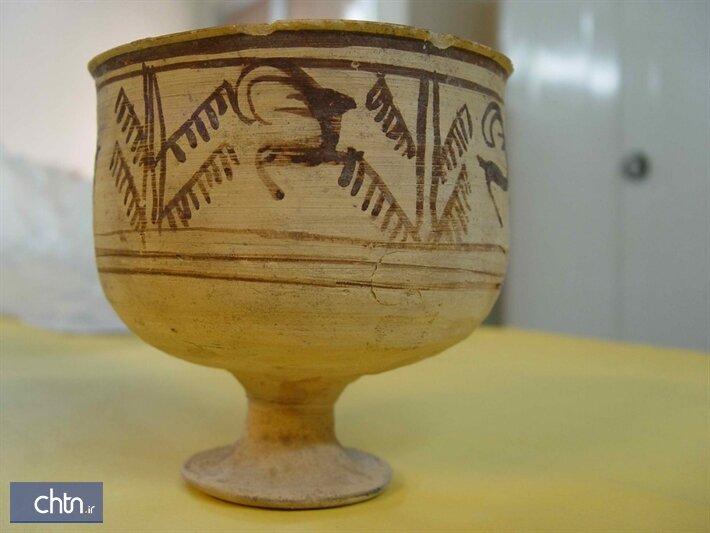Historical objects unearthed in Burnt City added to National Heritage list

TEHRAN – Twelve moveable properties, which had been previously unearthed in various excavations in the Burnt City, a UNESCO-registered site in the southeastern province of Sistan-Baluchestan, have been inscribed on the National Heritage list, CHTN reported on Saturday.
A statue in the shape of a nail and human head, a polychrome water urn, a soapstone bead, and a marble cup are among the items inscribed on the National Intangible Cultural Heritage list.
The inscriptions were announced on Saturday in a letter to the governor-general of the province, the report added.
The historical relics can be visited at Zabol Anthropology Museum.
Called “Shahr-e Sukhteh” in Persian, the Burnt City is associated with four rounds of civilization, all burnt down by catastrophic sets of fire. It is located at the junction of Bronze Age trade routes crossing the Iranian plateau. The remains of the mudbrick city represent the emergence of the first complex societies in eastern Iran.
Founded around 3200 BC, it was populated during four main periods up to 1800 BC, during which time there developed several distinct areas within the city: those where monuments were built, and separate quarters for housing, burial, and manufacture.
According to UNESCO, diversions in watercourses and climate change led to the eventual abandonment of the city in the early second millennium. The structures, burial grounds, and a large number of significant artifacts unearthed there, and their well-preserved state due to the dry desert climate, make this site a rich source of information regarding the emergence of complex societies and contacts between them in the third millennium BC.
ABU/MG
Leave a Comment